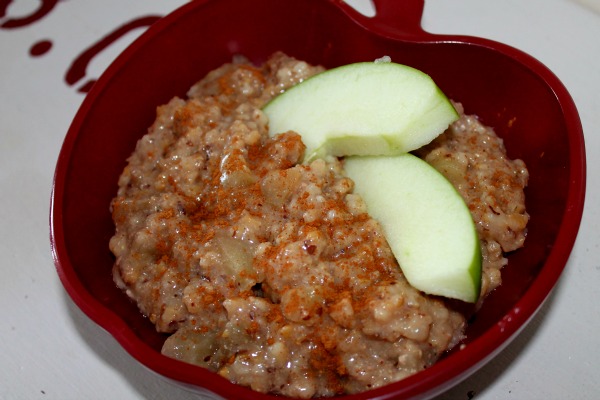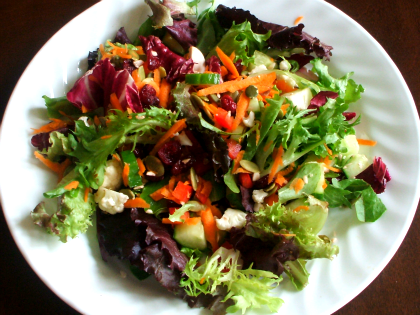My Blog = My Life: vegetables
10 Healthy Snacks Children Love

How A Single Income Family Can Afford A Whole-Food Diet

Cinnamon Raisin Bread
NEWS: More on Tangerine
Sensational Salad and Dressing

Healthy, Healing, Old-fashioned Chicken Soup

Honey-Mustard Lemon Chicken

REVIEW: J & A Restaurant
.jpg)
Boerenkool met Worst

REVIEW: Siam Thai Restaurant
REVIEW: Spices of Punjab

.JPG)
.JPG)